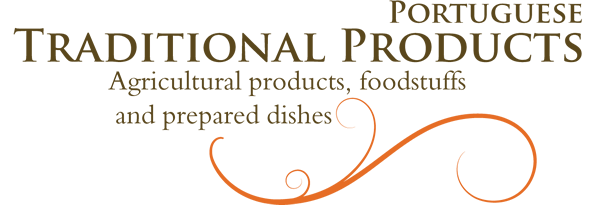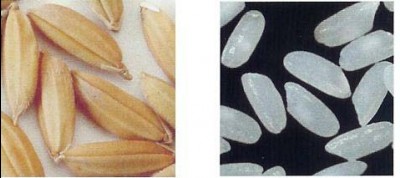Description: Arroz Carolino do Baixo Mondego means the hulled caryopsis of different varieties (such as Ariete, Eurosis, Augusto, Vasco and Luna) of the Japonica subspecies of Oryza sativa L. species which, due to its cultivation in the Baixo Mondego region, after husking and milling, has a moisture content of 13% or less.
Production method: The Arroz Carolino do Baixo Mondego is produced, from the sowing of the seed to harvesting, in the geographical area defined.
Special features: The low temperatures and weak sunshine during the pre-harvest or crop maturation period are the specific agri-environmental features that contribute to the slow maturation of the rice, and consequently, to its different chemical composition. ‘Arroz Carolino do Baixo Mondego’ is distinguished by its slow and specific maturation phase, due to the marked decline in total irradiance during this period, which makes the maturation proc-ess longer but more consistent.
Production area: The geographical area of production of ‘Arroz Carolino do Baixo Mondego’ comprises the parishes of: Ançã in the municipality of Cantanhede; Ameal, Antuzede, Arzila, Ribeira de Frades, São João do Campo, S. Martinho do Bispo and Taveiro in the municipality of Coimbra; Anobra in the municipality of Condeixa-a-Nova; Alqueidão, Lavos, Paião, Borda do Campo, Maiorca, Ferreira-a-Nova, Santana and Vila Verde in the municipality of Figueira da Foz; Tentúgal, Meãs do Campo, Carapinheira, Montemor-o-Velho, Gatões, Abrunheira, Liceia, Verride, Ereira, Vila Nova da Barca, Pereira and Santo Varão in the municipality of Montemor-o-Velho; Louriçal in the municipality of Pombal; Alfarelos, Brunhós, Gesteira, Granja do Ulmeiro, Samuel, Soure, Vila Nova de Anços and Vinha da Rainha in the municipality of Soure.
History: The climate characteristics of Baixo Mondego are responsible for the slower forma-tion and maturation of ‘Arroz Carolino do Baixo Mondego’, which reinforce the physiological mechanisms that affect the quality of the rice, namely: — tendency towards higher amylose levels, — higher percentage of whole grains, due to a lower incidence of cracks at the end of the growing cycle or during the maturation phase of the grain.
Product specification (pdf)
Geographical area
Producer group
AAVM – Associação dos Agricultores do Vale do Mondego
Control and certification body
Certis – Controlo e Certificação, Lda
Publication in EU official journal
Regulamento (UE) n.º 888/2015 da Comissão – L146/19 – 11.6.2015
Publicação do pedido de registo (2015/C 25/08) – C25 – 24.01.2015
Publication in the Portuguese official journal
Aviso (extrato) n.º 11267/2016, de 14.07.2016
Despacho n.º 8128/2012 de 14.06.2012



